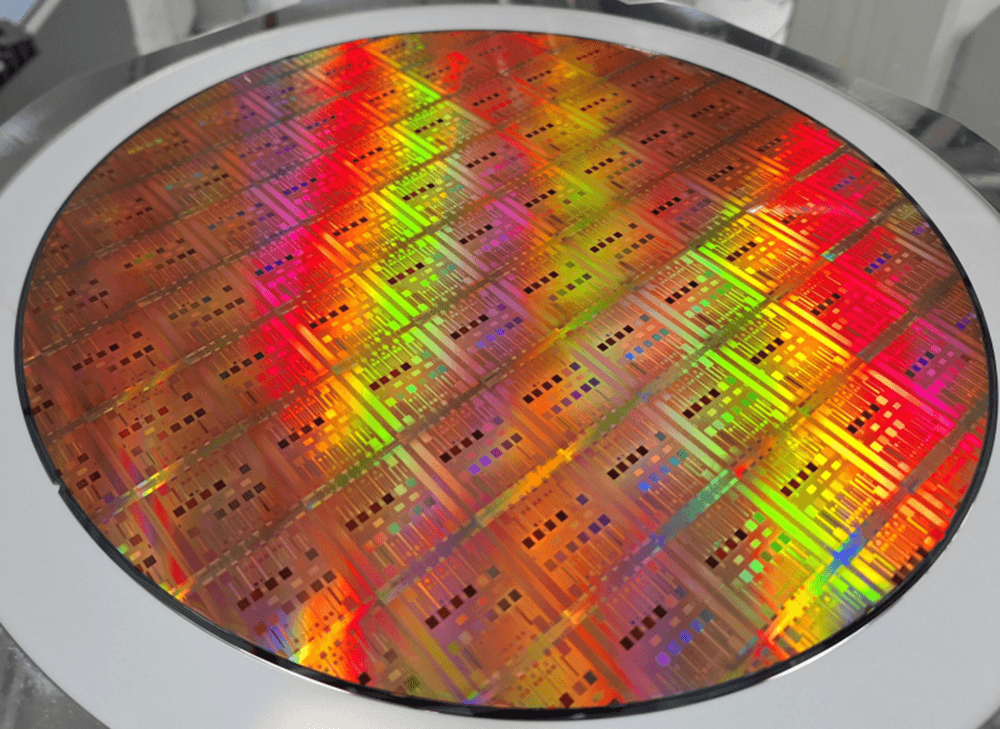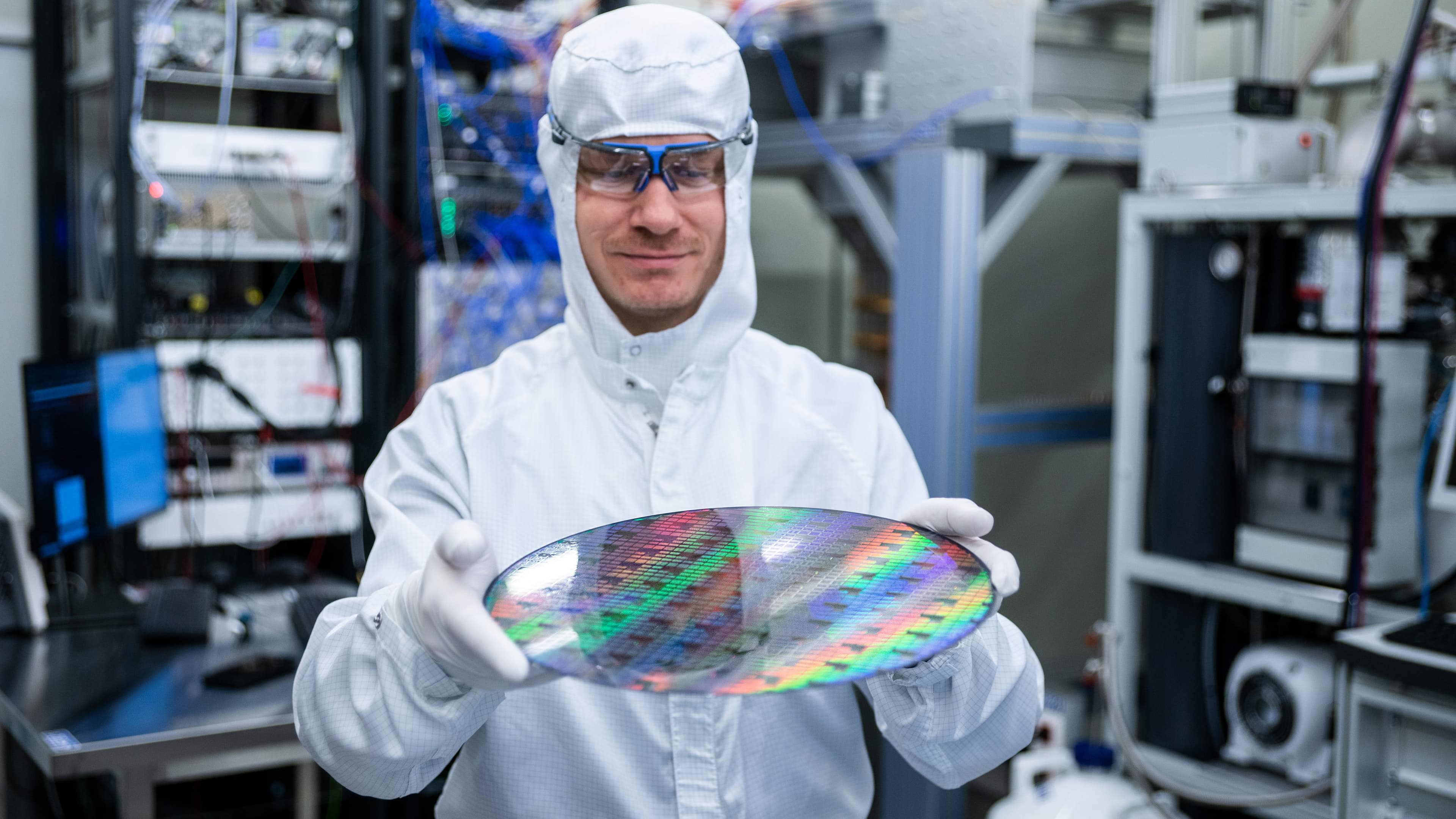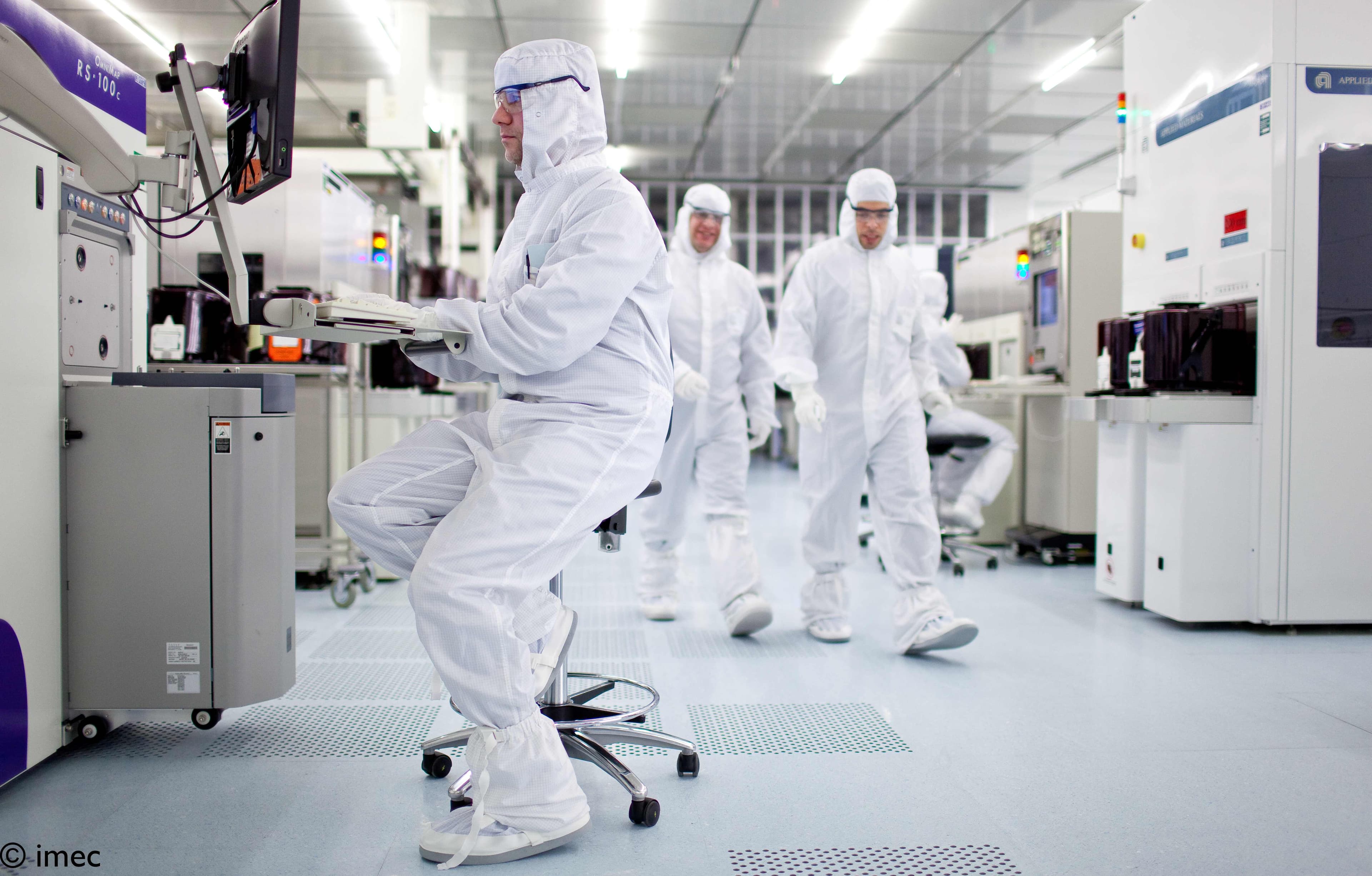
Let’s allow machines to do part of our ‘thinking’ for us
By 2035, artificial intelligence (AI) will be assisting us invisibly in many aspects of our lives. Initially, that will mainly be ‘machine learning’, which is one of the most successful forms of AI so far. Machine learning is based on algorithms that enable a computer to recognize patterns in data, as well as to learn from tasks they have done before. These computers are trained by people who enter known data, give the computer a specific task to do and then provide feedback about the results proposed by the computer. Later, this enables the machine to perform the same task in real life, using ‘real’ data. But let’s take a more practical look at some of the aspects of our lives we will be using AI in.
Imagine in 2035 that you go into hospital with an extremely rare disease. The doctor will start by entering all of your medical data into a specialized computer. The machine will then go looking for identical patterns in a database of (anonymous) patients all over the world. Once the diagnosis has been established, it will follow the same method to suggest the best treatment. And the doctor – who will be very familiar with how AI works – will then take a critical look at the results and help guide you in making decisions.
Or take the driverless car that we will be using in 2035 to cover certain parts of our journeys. This car will also need machine learning so that it can take the right decisions all of the time. So, imagine that you are driving along, and you are suddenly startled by a falling tree. The sensors in the cars will register this immediately and all of the other cars in the vicinity will respond accordingly. Then, the new knowledge gained by these cars will be sent out worldwide to all other cars, which will be able to drive even more safely thanks to this software update.

Machine learning will also become the partner of our ‘tailor’. In 2035, our shoes and other clothes will be made to measure for us by a 3D printer. A ‘digital twin’ will be created of you, which will then be used to make a unique pair of shoes that fits you perfectly. And those shoes won’t cost you any more than you are used to paying for your standard size 9 that always pinched your left foot a little. And would you like to have a sports sensor incorporated inside your shoe as well? The longer you wear it, the more that sensor gets to know you, along with the unique relationship between your blood pressure, heartbeat, body temperature and so much more. In fact, it will become an essential part of you – a sensor that fits only you and no one else in the world. So you can look forward to made-to-measure (smart) shoes and clothes at the same price and speed as mass-produced ones.
Of course, there are also dangers lurking in the use of machine learning. What happens if the data used as input has been tampered with? What if decisions are taken based on origin, gender, age, etc.? Which is why regulation is extremely important, as is transparency about how a computer reaches its decision.
And, who knows, perhaps a little bit later than 2035 we may well be assisted by computers that are genuinely intelligent (and not just capable of carrying out specific tasks they have been trained for) – computers that can reason, be creative, feel empathy, etc.











